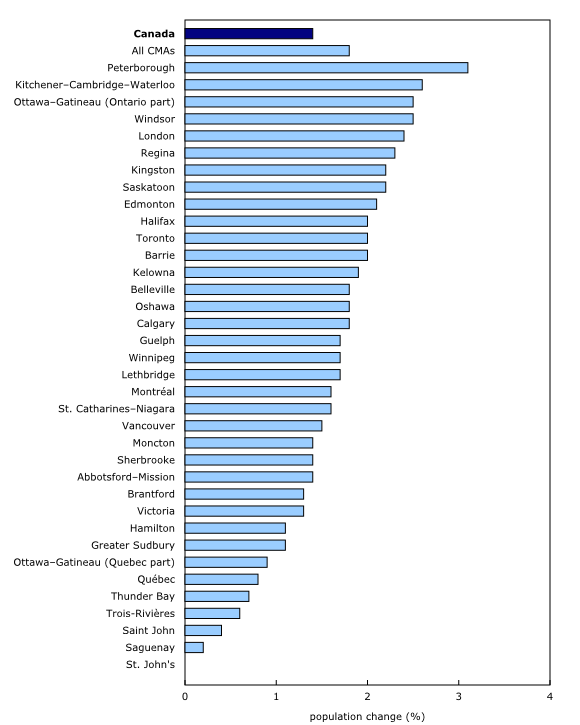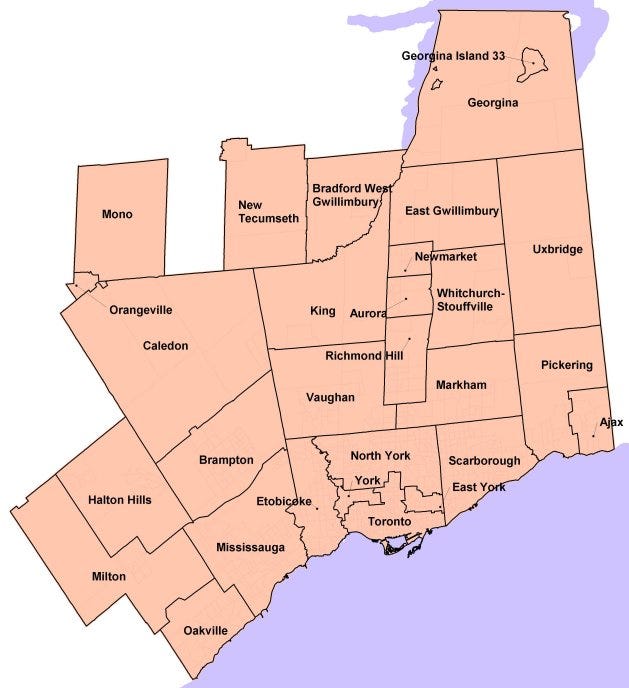If cities fail to accommodate this major economic change, the boom in knowledge-based industries will be self-limiting. Even Google employees in the San Franciso Bay area
have trouble affording housing near their workplace, causing the tech giant to look into
the possibility of building them small, cheap apartments. Single-family zoning precludes such apartments, and generally limits the supply of housing in dense urban areas, thus
increasing costs for both renters and first-time homebuyers. That may be choking off the drivers of U.S. growth.
Single-family zoning is also bad for economic equality. It makes it a lot harder for people of modest means to live in a thriving area, since these people tend only be able to afford apartments, townhouses or other smaller or multifamily dwellings. Blue-collar workers aren’t just being priced out of the country’s increasingly productive cities -- they’re being prevented from
moving there in search of better opportunities. Urbanist Richard Florida refers to this in his book "
The New Urban Crisis."
There’s also a racial dimension to the inequality that exclusionary zoning creates. Black families, which tend to earn less money, are kept out of white neighborhoods by their inability to afford the sprawling homes that cities mandate be built there. In fact, single-family zoning might have even been invented for just this
purpose, as part of a large raft of approaches that cities used to keep higher-earning whites segregated from generally lower-earning black residents after race-based zoning was struck down by the Supreme Court in 1917. Eliminating this zoning is thus one important step on the road to integration.
Denser housing will also be good for the environment, as well as for human safety and happiness. Low-density cities, like the ones the U.S. tends to build, require lots of driving, which increases emissions of carbon and other pollutants, not to mention the risk of crashes. Urban sprawl contributes to
habitat loss. In warm, dry states like California, sprawl also
raises the risk of property damage and death from wildfires. Long commutes are also a source of
unhappiness.
So for a number of reasons -- economic growth, racial and class equality, environmental protection and human happiness -- cities need to become denser. Minneapolis is leading the way. The city’s new plan even
goes beyond simply banning one exclusive form of zoning by eliminating off-street parking requirements for new houses. And it allocates $40 million for subsidizing low-income housing and combatting homelessness.
The great hope is that Minneapolis will be the first of a flood of cities to eliminate the exclusionary housing policies of the past century. Cities that make housing more affordable will become more attractive for young knowledge workers, which in turn makes them more attractive for high-value companies. Accommodative housing policy is therefore a better bet for luring investment than offering lavish corporate
incentives. Also, creating more places for blue-collar workers to live, and allowing them to move alongside wealthier city residents, will probably be good for the approval ratings of politicians that move against exclusionary zoning.
There’s also hope that national politicians will help prod cities to make the change. U.S. Senator Elizabeth Warren has
a new plan that would give block grants to cities that eliminate exclusionary zoning. Even Ben Carson, secretary of U.S. Department of Housing and Urban Development,
has suggested similar ideas.
Will allowing density trigger a new wave of white flight to the suburbs, starving cities of resources, as happened in the 1960s and 1970s? There are reasons to think that this time will be different. Crime rates are
way down in most U.S.
cities, near historic lows. And
evidence shows that white Americans are much more willing to move to (and remain in) mixed-race neighborhoods than they were in previous generations.
So onward with urban density and the fight against exclusionary zoning. When the history of the new urban revival is written, Minneapolis may earn pride of place as the first city to make this necessary change.





/s3.amazonaws.com/arc-wordpress-client-uploads/wweek/wp-content/uploads/2018/01/16174023/4412_Lede_Blazers_Rasheed-Wallace-House_12.jpg)


